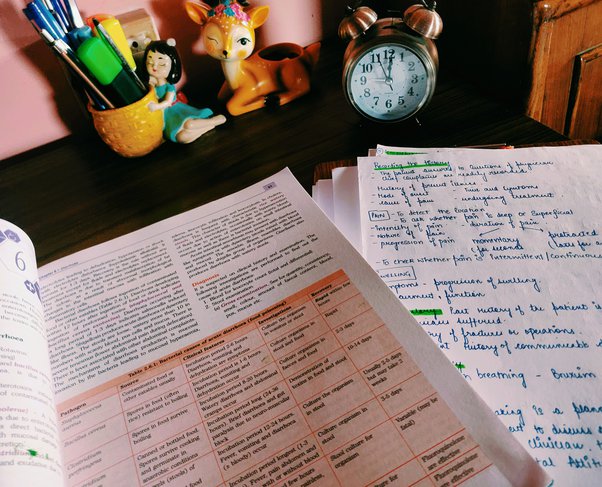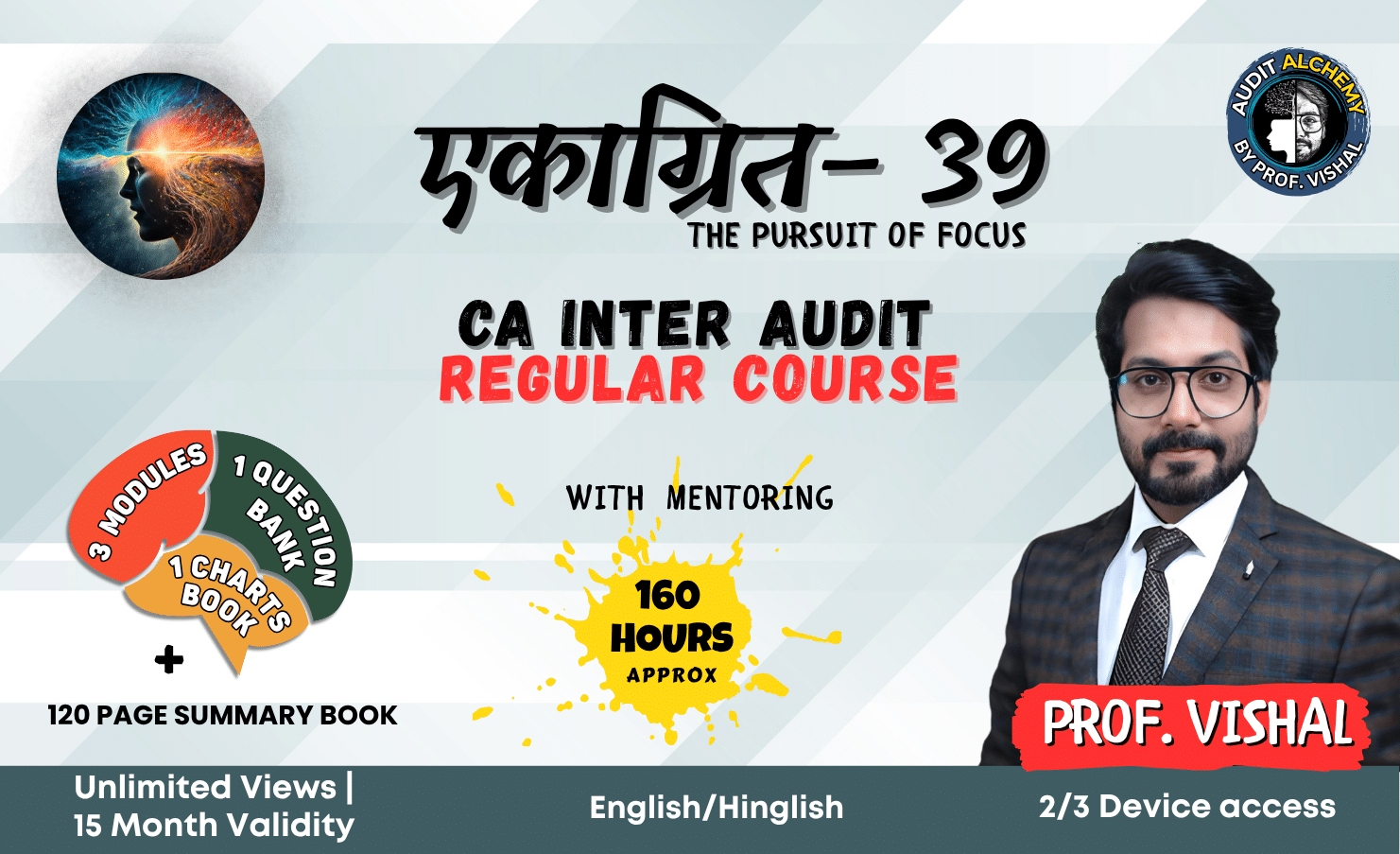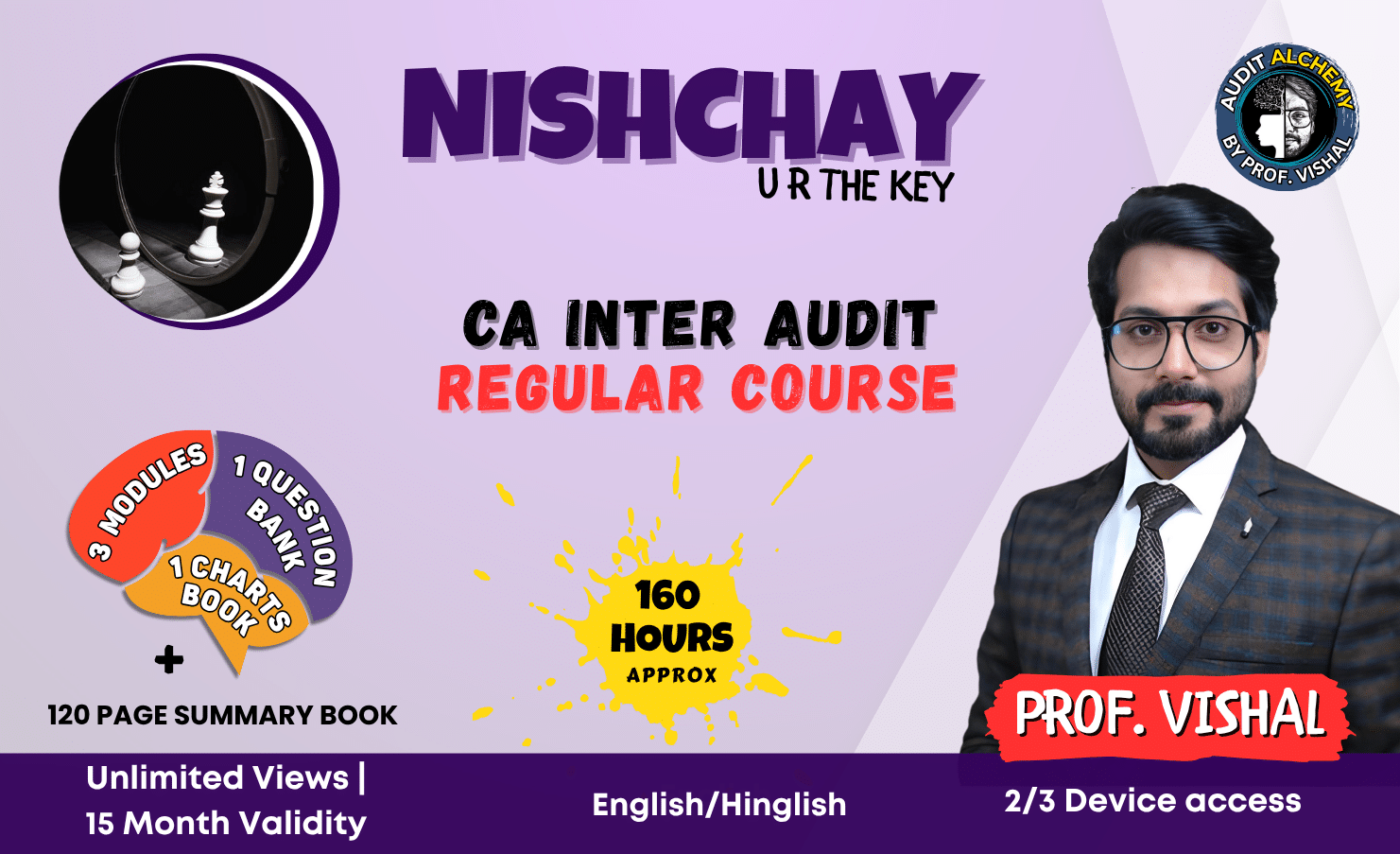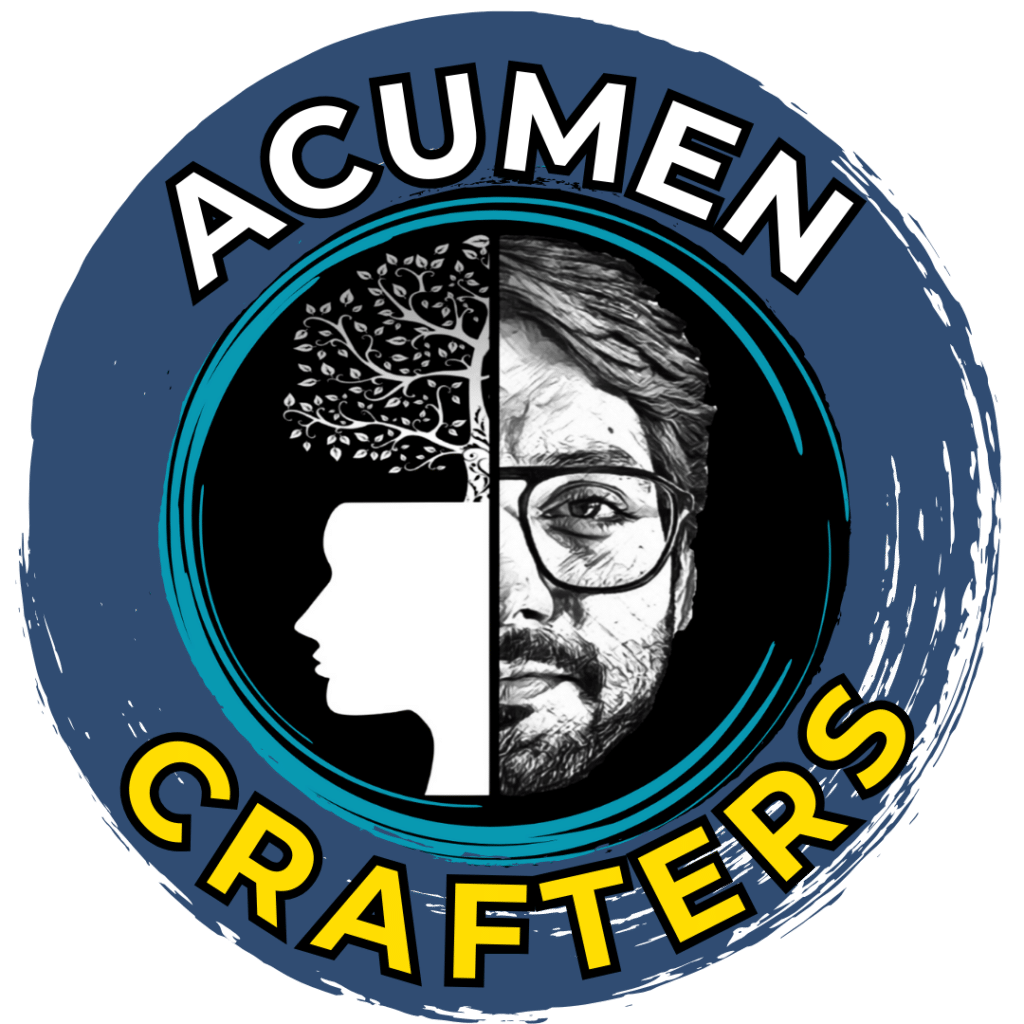Taking a long break from studying can feel daunting, but here’s the good news—you can get back on track faster than you think! Just like a muscle, your brain can regain its sharpness with the right approach. So, don’t stress about lost time; instead, focus on making a strong comeback. You’ve got this!
Here are six powerful tips to help you ease back into studying with confidence and energy.
1. Embrace the Fresh Start with a Positive Mindset
First things first—let go of any guilt or self-doubt. Instead of thinking about how much time has passed, focus on the opportunity ahead. A break doesn’t mean failure; it simply means you’re recharging for a stronger comeback!
Tell yourself:
- “Every day is a new beginning.”
- “I can regain my focus, one step at a time.”
- “I am capable, and my goals are still within reach.”
The moment you believe in yourself, you’ll feel a wave of motivation to move forward.
2. Start Small and Build Momentum
Getting back to studying doesn’t mean you have to dive into 8-hour study marathons right away. Instead, take small steps and build up gradually.
Try this approach:
- Begin with short study sessions (e.g., 30-45 minutes).
- Use the Pomodoro Technique—study for 25 minutes, take a 5-minute break.
- Slowly increase your study time day by day until you reach your ideal schedule.
This way, you’ll ease into studying without feeling overwhelmed. Before you know it, your study stamina will be back!
3. Refresh Your Memory Before Moving Forward
After a break, your knowledge is still there—it just needs a little boost. Don’t worry about forgetting; your brain simply needs a refresher to bring everything back into focus.
Quick ways to refresh your memory:
- Skim through old notes, flashcards, or mind maps.
- Revisit past MCQs or summary sheets.
- Watch short revision videos to jog your memory.
You’ll be surprised how quickly things start clicking again. Knowledge never truly disappears; it just needs a little wake-up call.
4. Create a Study Space That Inspires You
A good study environment can boost focus and productivity. If your usual study spot feels uninspiring, it’s time for a refresh!
Try this:
- Clean up and organize your desk—clutter-free space means a clutter-free mind.
- Add motivational quotes or study goals where you can see them.
- Try changing locations—library, café, or even a new corner in your home.
A fresh and inviting study space makes it exciting to sit down and start learning.
5. Set Exciting & Achievable Study Goals
Studying feels way more rewarding when you set clear and achievable goals. Instead of overwhelming yourself with huge tasks, break them into smaller victories.
SMART goal examples:
- “I will complete two chapters of Audit today.”
- “I will solve 10 MCQs before lunch.”
- “I will summarize one topic in my own words before bedtime.”
Celebrate small wins—each completed goal is a step toward success. A little progress every day leads to huge achievements over time.
6. Stay Consistent & Make Studying Fun
The key to getting back into the flow? Consistency! Even if you study for just an hour a day at first, doing it every day builds discipline and keeps your momentum strong.
Ways to stay consistent:
- Stick to a study routine—same time, same place.
- Join a study group or find an accountability partner.
- Use study apps or planners to track your progress.
And most importantly—make it fun! Use colorful notes, gamify your progress, or reward yourself with small treats after study sessions. Enjoy the process, and studying won’t feel like a chore anymore!
Final Thoughts: You Are Stronger Than You Think!
Getting back into studying after a long break is absolutely possible, and you are fully capable of making a powerful comeback. Don’t stress about the past—just focus on taking one step at a time.
Believe in yourself. Stay consistent. Keep going. Soon, you’ll be back in full flow, and success will be yours to claim.














